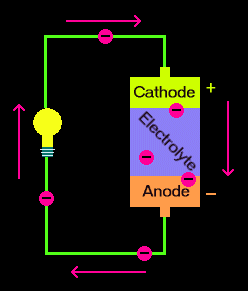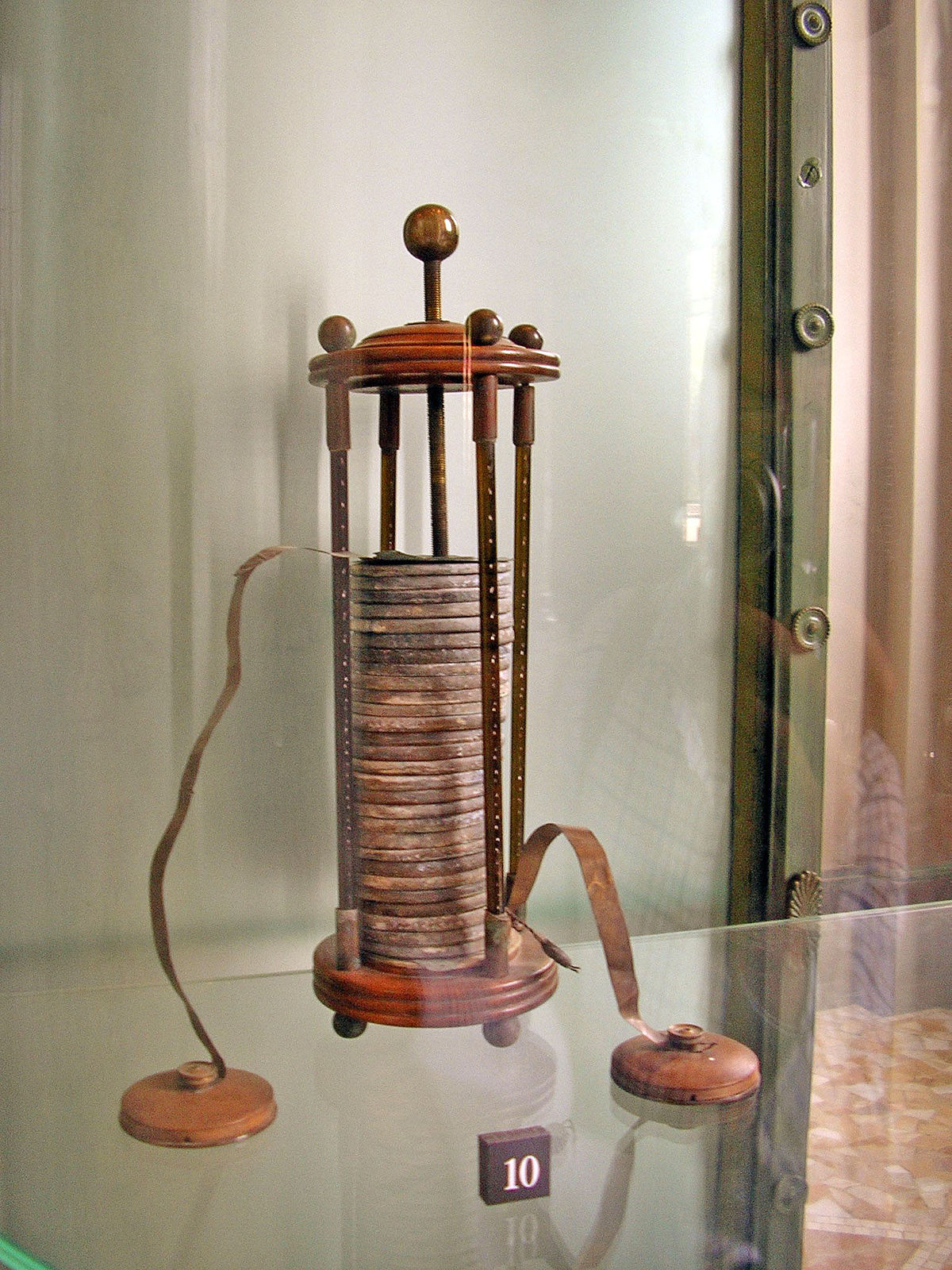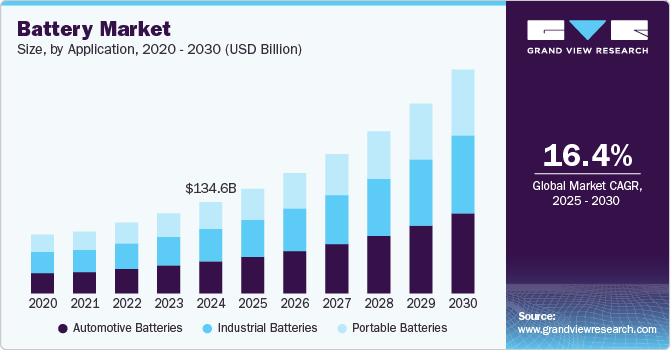Battery is like an energy storing system. It stores energy and convert into electric, which is a essential for city.
Today batteries come in different range of sizes, guarantee of supplying electric from a tiny batteries for electronic watches to the scale of village or island.
How it works
Battery have three parts in it, which is anode, cathode and electrolyte. Electrolyte are place between anode and cathode, to act as a medium to flow the electrical charge between the anode and cathode. When the battery is connected to a device, a chemical reaction occur on the elctrode and create flow of electrical energy. When the battery is discharged, oxidation reaction occurs, a process of anode release electrons and turn into ions in electrolyte. The ions will move to cathode and turn into electrons and flow to the external circuit (Bates, 2012).

History
1800 Voltaic Pile. Alessandro Volta, a Italian physicist seperates stacked of copper and zinc discs with cloth and soaked into salty water. Wires are connected to one of the end. Each of the copper and zinc disc could produce 0.76 Volts, the more set of the disc would produce more volts.

1859 Lead-acid battery, the most enduring battery that is mostly used on nowadays internal combustion engine cars. Can only store 25 watt-hour per kilogram.
 Credit:RS Malaysia
Credit:RS Malaysia
1980 Lithium-ion batteries, a more compact, higher capacity, safe and rechargeable batteries invented by Professor John Goodenough. The lithium could migrate through the battery from one electrode to another as Li+ ion. Can store 150 watt-hours per kilogram (Brain, n.d.).
 Credit: Amazon
Credit: Amazon
Market
 Credits: Grand View Research
Credits: Grand View Research
The graph above shows the market revenue in USD billion unit of types of battery from year 2013 to forecast of year 2024. From year 2013 to 2017, the total revenue for lithium ion and lead acid rose high. This is because lithium ion is mainly use on gadgets while lead acid battery is mainly use in car.
Reference:
- Alarco J., Talbot P (2015). The history and development of batteries. Retrieved from https://phys.org/news/2015-04-history-batteries.html
- Bates M. (2012). How does a battery work? Retrieved from https://engineering.mit.edu/engage/ask-an-engineer/how-does-a-battery-work/
- Brain M. How Lithium-ion Batteries Work. Retrieved from https://electronics.howstuffworks.com/everyday-tech/lithium-ion-battery.htm